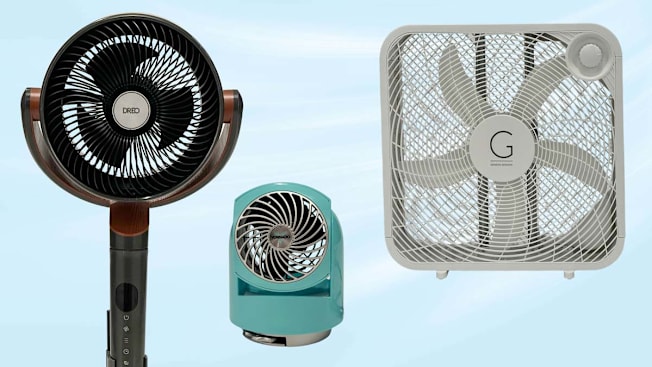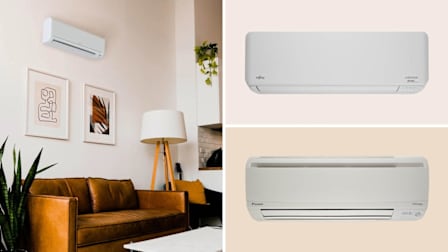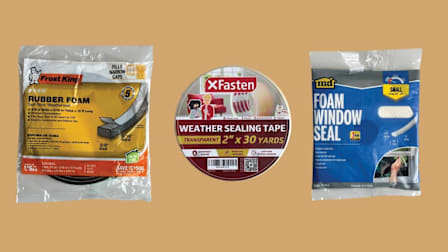3 Best Room Fans
Here are our top choices for the best tabletop, pedestal, and box room fans from Dreo, Genesis, and Vornado
When you shop through retailer links on our site, we may earn affiliate commissions. 100% of the fees we collect are used to support our nonprofit mission. Learn more.

A room fan can transform an unbearably hot, stuffy room into a cooler, more comfortable retreat from the heat. The perfect fan for you depends on a few factors, including the size of your space, how many people need to be cooled, and where you want to put it (floor vs. tabletop).
- Best Fans to Cool a Room: Tabletop Pedestal Box
- Other Room Fans We Tested
- How CR Tests Room Fans




















